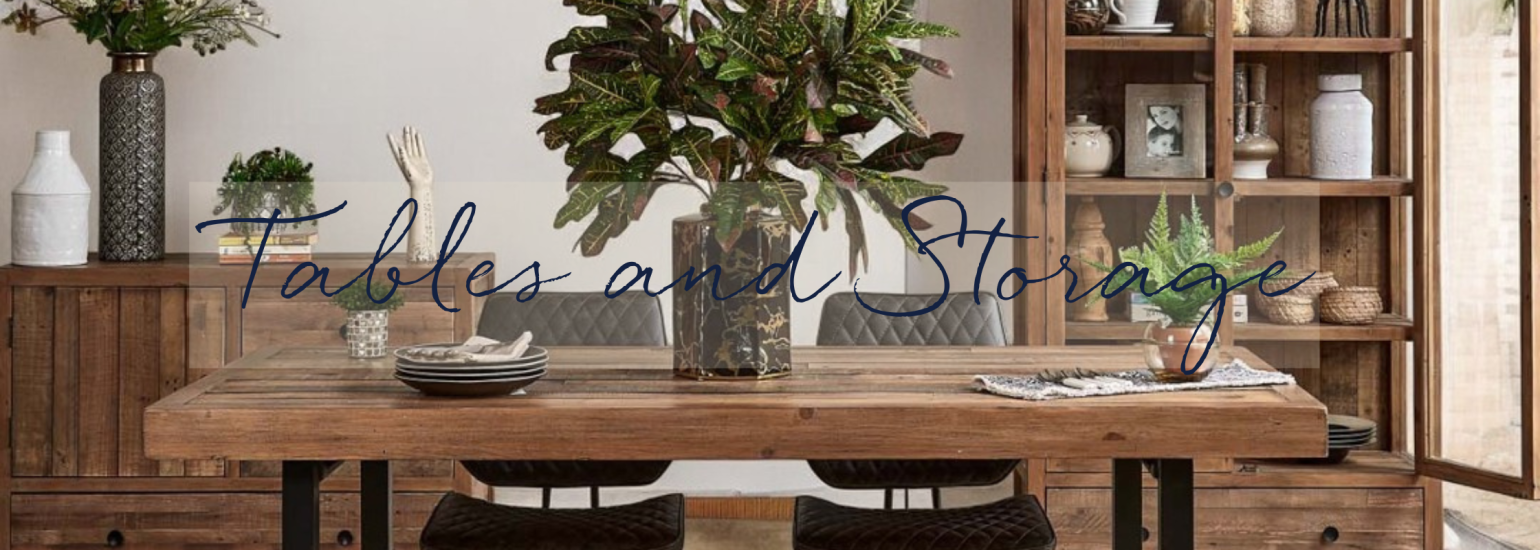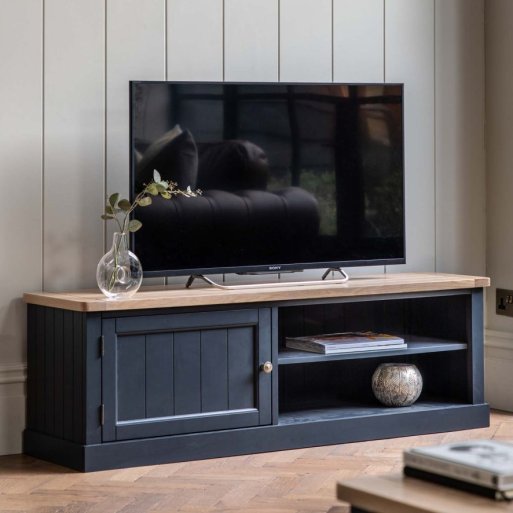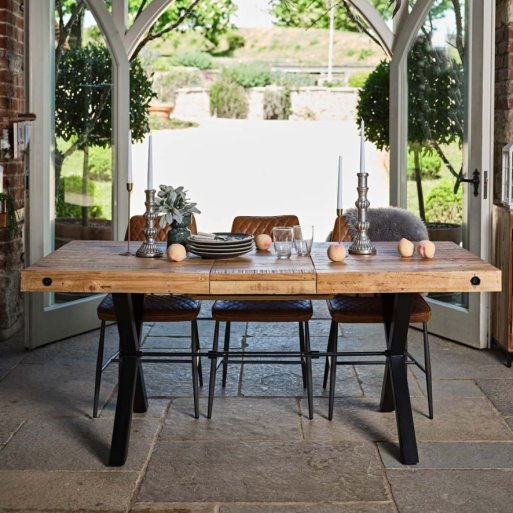Tables and Storage

Making The Right Choice
From contemporary to rustic, we're confident that we have something for everyone.
Choosing the right range or piece can be tough, especially when there is such an array of choice available.
Large pieces of furniture are also a large investment, and to protect your investment we want to ensure you have all the information you need. Not only to make a decision, but to care for your pieces in the years to come.
If you're unsure or have any queries, we would recommend speaking with one of our furniture specialists to understand which would be the best choice for you and your lifestyle.
General care
- Gently dust regularly, using a lint-free cloth.
- Clean liquid spills right away.
- Avoid using abrasive household chemicals. Wax-free furniture polish is recommended, unless your furniture is oil-treated. In such case, please see below.
- Do not place near heat sources or in a location subjected to prolonged, direct sunlight.
- Ensure to use placemats and coasters to protect surfaces.
Avoiding Surface Wear And Damage
- Avoid marking furniture with sharp or pointed objects, for example, when using a ballpoint pen.
- Carefully lift your furniture, never drag or push it.
- When lifting a table, always do so from the frame and not the tabletop.
- Always follow fitting instructions for wall-fixing, glass surfaces and shelves.
- Do not place hot dishes, cups or plates directly onto any cabinet or tabletop - use insulated mats as protection.
- Don’t overstrain drop flap stays and hinges or place heavy items onto glass shelves.
- Take care not to drag crockery across the surface.
- Always leave a gap behind wardrobes and wall units to allow air to circulate.



Ceramic And Glass
- Ceramic is scratch resistant, but not scratch proof. Care should still be taken with crockery and cutlery.
- Buff the surface with a dry cotton cloth after cleaning to clear smears and streaks.
- Take extra care when assembling, moving and placing heavy objects, to avoid chips, cracks or breakages.
- Prolonged sunlight exposure can cause fading in colour, to prevent this, avoid prolonged sunlight exposure and ensure to move and rotate decorative pieces often to avoid patches.
Wood And Reclaimed Wood
- Reclaimed wood is treated timber with a past life, such as from building sites. Random markings and holes can be a standard feature of the design, and the treatment carried out can also cause colouring to vary from piece to piece.
- When re-oiling or re-applying lacquer/ varnish, always ensure to use a product recommended by the manufacturer and buff to apply in small increments. If in doubt, we would recommend sourcing a professional to carry out the task for you. This is typically required once a year, maybe twice if your table is exposed to heat or damp for prolonged periods of time.
- Cleaning after use should only include a damp cloth. Do not saturate the furniture as wood can expand when wet.
- Every piece of wooden furniture has difference features as they are completely natural products. Due to the natural materials used & appearance of the grain in each piece of furniture. The charm and appeal of solid wood furniture is its totally natural look, common characteristics of natural wood are knotting, sap marks, medullary rays & staining.
Uneven or hard surface floors could give the impression that doors of wall units and wardrobes are out of alignment, so be aware of this and compensate if necessary by adjusting the hinges or packing a corner to level the item. Some of our items can be adjusted to aid in a flush sit on a hard or uneven floor, this will be made clear on the assembly instructions where this is the case.
